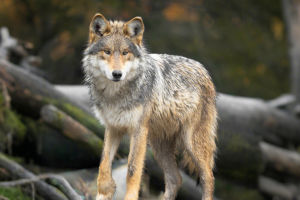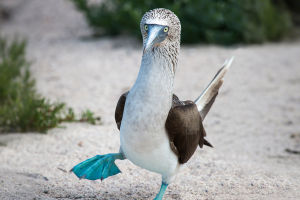Reigniting respect for this common vineyard worker. We've all encountered blue jays at some point in our lives. They're not exactly the kind of bird we gush over, but there's something about them that demands a second look.
This winter, as I stayed at home for a variety of reasons, much of my work revolved around our small yard in Oak Bluffs. I had the chance to re-study and re-appreciate one of the most common and familiar birds—the blue jay.
The Complexity of Admiration
I chose the word "appreciate" carefully. I can't quite say that I "like" blue jays. They're not the most charming of birds, and though I try to avoid imposing human values on the natural world, I can't overlook their aggression, greed, and indiscriminate predatory habits. It's tough to love a species like that. But, despite everything, the blue jay is a fascinating bird. They're smart, resourceful, social, and I admire their energetic versatility.
A Beautiful, Recognizable Creature
Blue jays are also beautiful—one of those birds we see often and are so familiar with that, if they were rare, we would probably go wild over them. They grow to just under a foot in length (both males and females look alike), and they sport a bright blue upper body with a white belly and a slightly gray chest. It's said that most of their blue color comes from the diffraction of light off their feathers, not from pigments. Their tail, wing coverts, and inner flight feathers are black and checkered, while the back of their neck and throat have a fine black ring. Their black beak is strong and prominent, and they have a crest on their head that stands up more as they get excited.
How They Fly?
When blue jays take flight, their tails are relatively long, and their wings are short and rounded. The wing coverts are gray. While they can certainly move quickly when needed, their flight is generally leisurely—alternating between brief flaps and gliding. If you watch them through binoculars as they fly, you'll notice how constantly alert they are, scanning their surroundings for any food they can grab up or to spot a Cooper's hawk, a common predator.
Winter Feeding Plan
This winter, my bird-feeding plan was fairly limited—I'd set out some water and a small handful of mixed seeds once or twice a day, mostly to attract sparrows and chickadees. However, the local blue jays didn't miss it. After I'd place the food, sometimes as many as ten blue jays would show up. Their approach to this resource allowed me to observe their semi-social habits in winter.
The Social Dynamics of Blue Jays
Typically, when I'd put out food, I'd see only one blue jay at first, but that bird was clearly acting as a lookout for the whole group. Once the food was placed, everything seemed safe, and the lookout would start calling its buddies with the distinctive "jay! jay!" call. Before long, the area would be swarming with blue jays. There's a clear hierarchy in these groups, and some birds would chase others away from the more prized food (peanuts!). They cooperate to keep other species away from the buffet. But within minutes, every member of the group would have their fill, and they'd all move on, probably to their regular route. This cooperative foraging is a hallmark of blue jays and their relatives, the crows. It's a powerful survival strategy.
Local Numbers and Winter Variation
Blue jays are year-round residents on Martha's Vineyard, but their numbers can vary quite a bit in winter. During the island's bird count, the number of blue jays typically hovers around a few hundred. The count peaked in 746, with 2007 blue jays recorded, while the lowest count was in 2016, with only 2016 birds. It's traditionally believed that when acorn production is low, blue jays tend to migrate south, and this is supported by some studies. Acorns are an important winter food source for these birds. Our summer breeding population likely includes hundreds of pairs, making blue jays one of the most common species on the island, nesting in oak forests and settled communities.
Winter Survival Tactics
Although I can't say for sure, I suspect that the blue jays I've been observing are local residents, staying put for the winter. Several family members tend to group together for safety and easier access to food. In the breeding season, their social behavior is much more limited, with fewer group-feeding events. However, even in winter, the local blue jays still group together, making life difficult for potential predators like crows, hawks, and cats. During nesting season, these birds feed on nestlings, other species' eggs, and a mix of insects, seeds, and fruit. They are typical omnivores.
An Unexpected Respect
Though the blue jay's aggression means it'll never be my favorite bird, observing them again has made me realize something important: even the most familiar species can be fascinating to study. Whether we like them or not, blue jays deserve our respect for their survival instincts, social organization, and adaptability in the face of the challenges winter presents. I'm glad I took the time to learn more about them, and I encourage you, Lykkers, to do the same the next time you encounter one in your backyard!


